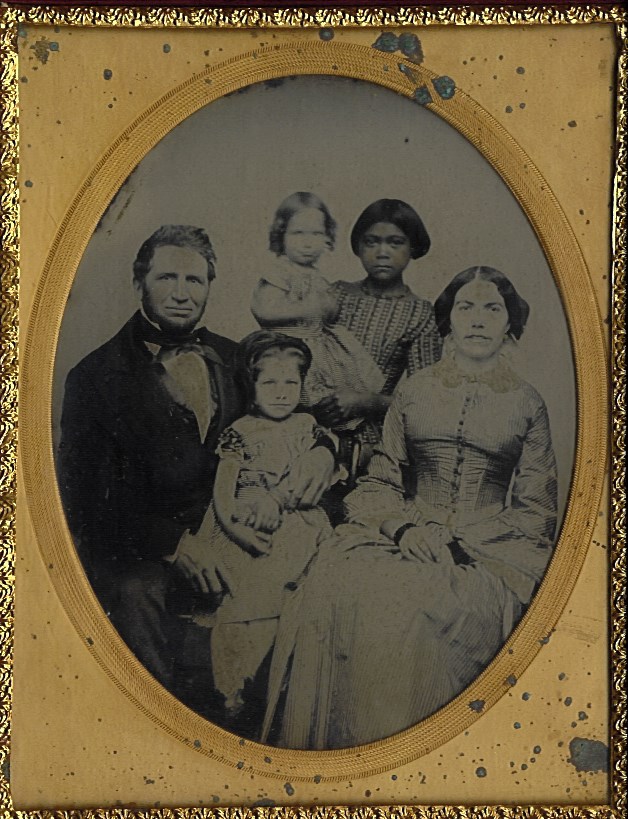Part of a series of articles titled Women's History in the Pacific West - California-Great Basin Collection.
Previous: Betty Reid Soskin
Next: Dolores Huerta
Article

(National Park Service)
A Native American woman, possibly Wintu, known as Kate Camden lived and worked in the Camden household in Whiskeytown, California, during the Gold Rush. She was likely born around 1844, but her original name is not known, nor are details about her life before she worked for Charles and Philena Camden. In 1850, the new state of California’s Act for the Government and Protection of Indians codified a subordinate status for Indigenous people, authorizing whites to arrest Native American adults for “vagrancy” and obtain Native American children for “indenture” or apprenticeship, separating them from their families.1 Local authorities encouraged armed militia violence against Indigenous people, contributing to the genocide of California Indians. Thousands of displaced Native children became domestic servants and farm laborers.2 The girl called Kate was one of them.
Charles Camden came to California for gold, settled on Clear Creek in 1850, and established a successful mining and sawmill operation. The area where the Camdens lived was in Wintu territory and a key location for trade between Native tribes.3 Kate seems to have joined the Camden household around 1854, at the time of their first daughter Ada’s birth, to help take care of the baby and perform housework. Charles Camden wrote to his niece that he was teaching the 10-year-old Kate to read English, which was unusual.4 In the spring of 1859 the Camden family took an extended trip to England. They brought their two children, Ada (5) and Grace (3), and Kate Camden to care for them as a nursemaid.5 A photograph taken around the time of the trip, with Kate holding Grace, closely resembles the portraits that slave-owning families in the American South commissioned, recording a “family” group that simultaneously displayed the racialized labor that sustained it.
By 1868 the Camdens lived in Oakland, California a majority of the time, only spending summers in Shasta County, and it seems Kate remained in Shasta County to work as a servant in other white homes. By 1870, Kate Camden lived with and worked for Adoram and Donna Coleman in Shasta County, probably caring for their one-year-old son.6 The census indicated that she had attended school in the previous year and could read and write. Kate died young in 1871. Her grave is located within the Tower House Historic District and her headstone includes the words, “Poor Katie Rest.”7 Having such a headstone, rather than an unmarked grave or a wood marking common for a poor woman, demonstrated that someone paid to honor her memory, but the inscription underscores the difficulties of Indigenous life after US conquest.8 She was someone who lived in-between—with the settlers but not one of them, the details of her Indigenous past erased in the violence that accompanied Gold Rush settlement.
This project was made possible in part by a grant from the National Park Foundation.
This project was conducted in Partnership with the University of California Davis History Department through the Californian Cooperative Ecosystem Studies Unit, CA# P20AC00946
Part of a series of articles titled Women's History in the Pacific West - California-Great Basin Collection.
Previous: Betty Reid Soskin
Next: Dolores Huerta
Last updated: February 22, 2022